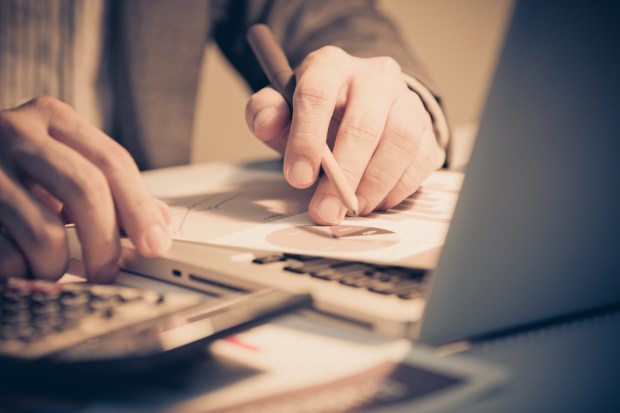Accountants Tackle Digital Payments Gap

Paying bills and balancing books are a mainstay for accountants and accounts payable professionals, but how do these habits change when they are off the clock? MineralTree’s new study shows that the payments approach for accountants varies drastically between work and home and shows some of the drawbacks to slow adoption at work.
ShutterstockPaying bills and balancing books are a mainstay for accountants and accounts payable professionals, but how do these habits change when they are off the clock? MineralTree’s new study shows that the payments approach for accountants varies drastically between work and home and shows some of the drawbacks to slow adoption at work.
Research shows that those who are involved in the accounts payable (AP) process opt for utilizing advanced bill paying technologies like electronic payments at home, whereas at work paper check payments still reign supreme.
The results of MineralTree’s “Exploring the Invoice-to-Pay Process” study highlights a growing concern for the lack of advanced technology being used by accounting and AP professionals in the workplace. Due to unclear settlement windows with their bill pay options, 24 percent of study participants noted that current payment methods are causing their organization to have cash flow problems. And when they do use electronic payment options at work, such as ACH or EFT, 17 percent said they store bank account and routing numbers in places like spreadsheets or word processing documents — both of which lack proper security protocols.
“It’s shocking to learn that so many organizations have experienced cash flow problems and have opened themselves up to security risks by not having the proper systems in place,” Bill Price, MineralTree’s CFO, stated in a press release.
“Accounting professionals seem to prefer automated payment methods for personal use, but don’t have access to similar options in the workplace, either due to lack of or awareness or accessibility. This is a huge concern as businesses make far more payments to far more payees, increasing risk exponentially.”
According to MineralTree’s study — which surveyed 161 professionals involved in the accounting or accounts payable process for their respective organizations — 81 percent of respondents reported using paper checks frequently or exclusively while at work. On the flip side, some professionals said they rarely (48 percent) or never (7 percent) use checks in their personal lives, instead relying on more automated methods for bill payments.
While the use of electronic payments within organizations is gaining some traction, the research shows there is still an opportunity to educate professionals on more advanced payment methods and increase their usage.
One example noted by MineralTree is the use of virtual cards, of which 85 percent of respondents admitted they have never used, with 6 percent reporting they were unsure if they actually used virtual cards in the workplace.
While paper check payments are the most well-known and deployed payment method used by accounting and AP professionals while at work, there is still room for professionals to learn about more innovative ways to pay.
For those organizations that have deployed paperless accounts payable and payment automation technology, respondents are confident that their competitors have yet to catch up and will take longer to implement advanced payment technologies.
Roughly 20 percent of respondents confirmed their organizations had already transitioned to paperless AP and payment automation, with only 15 percent believing their competitors had done the same.
These results show that while the adoption of new payments technologies are taking place, there may still be room for improvement to the pace at which it’s happening. For now, MineralTree’s research supports the idea that automation and electronic payments are slowly but surely evolving to replace the process of writing paper checks, physically passing them around for approval and signatures, and mailing them to billers.
To download the full “Exploring the Invoice-to-Pay Process” report and gain access to additional insight and analysis on the entire survey, please click here.

